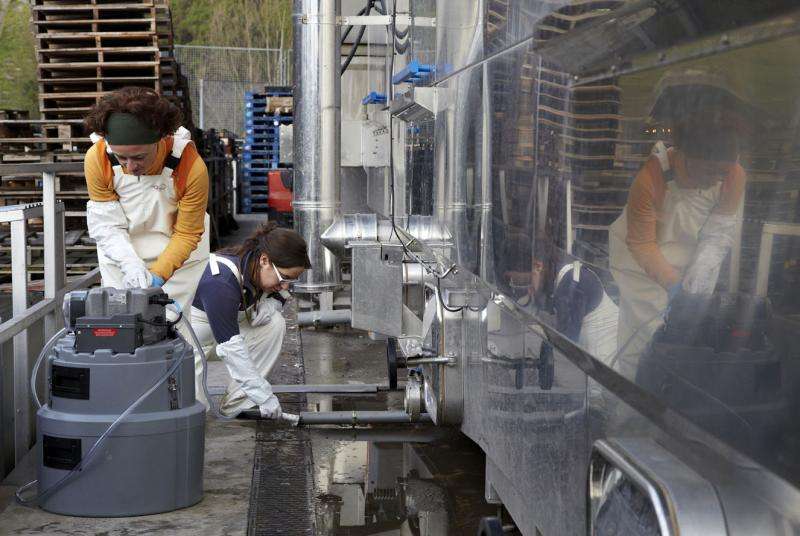Software specifically adapted to the special characteristics of the dairy sector presented

AZTI and INGENET have developed and validated a software tool adapted to the dairy sector and designed to evaluate, prevent and reduce the environmental impact caused by dairy products through the ecodesign of new products, offering increased added value.
The aim of the project, funded by the European Commission, is to prevent and reduce the environmental impact associated with the production of dairy products by encouraging the ecodesign of foodstuffs through the use of software tools specifically adapted to the special characteristics of the sector. However, despite being initially geared towards the dairy sector, this tool is designed so that it can be used in other food sectors.
The new tool evaluates the causes and origins of the environmental impact of dairy products through life cycle analysis, from farms right up to the final sale of a carton of milk, yogurt or other product. Furthermore, this tool also generates new scenarios to reduce the environmental impact of the product—in other words, to promote the ecodesign of new products.
The tool functions by taking data directly from ERP management software and data from the measuring equipment that the dairy company has at its disposal. The combined data are used to calculate the product's environmental footprint, including its carbon footprint, water footprint or resource depletion, and other impacts; it offers the possibility of simulating the impact of new scenarios for improvement, as well as a simulation of the costs of energy, water and other materials associated with the manufacturing of the product. As a result, it enables environmental indicators to be built into the management of the company; this involves being able to monitor the evolution of the improvements and to set environmental aims for the future.
The software has been doubly validated. Firstly, a comparative analysis of the impacts generated by various dairy products was made using commercially available tools, such as SIMAPRO and the ECOLAC tool. The second validation was made with the Central Lechera Asturiana (CAPSA), where the environmental variable was taken into consideration in the design of a new yogurt. This pilot use in the dairy company has shown that it is a highly valid tool for calculating the environmental impacts and, in the end, for the development of more eco-efficient dairy products.
Provided by Elhuyar Fundazioa



















